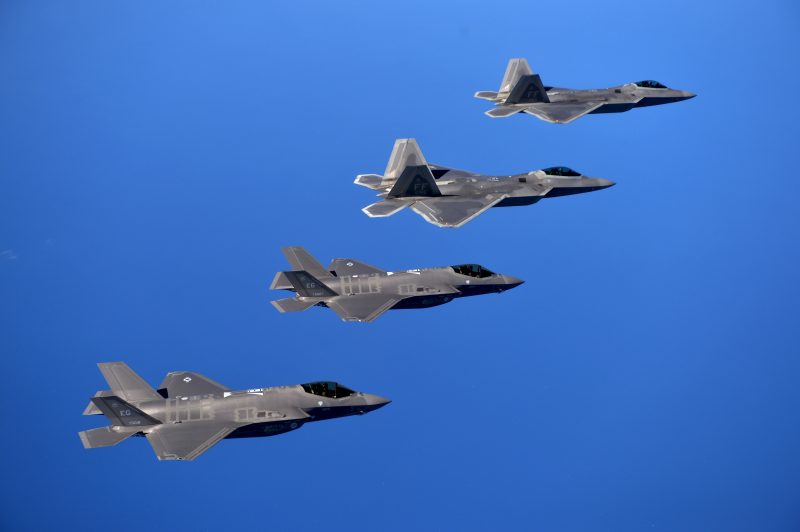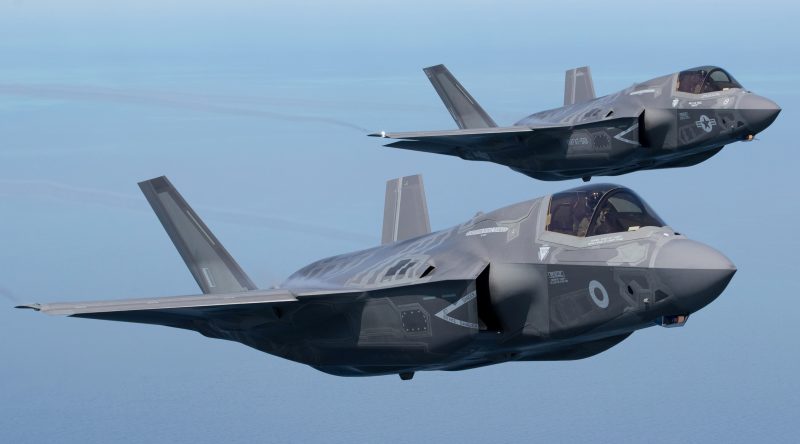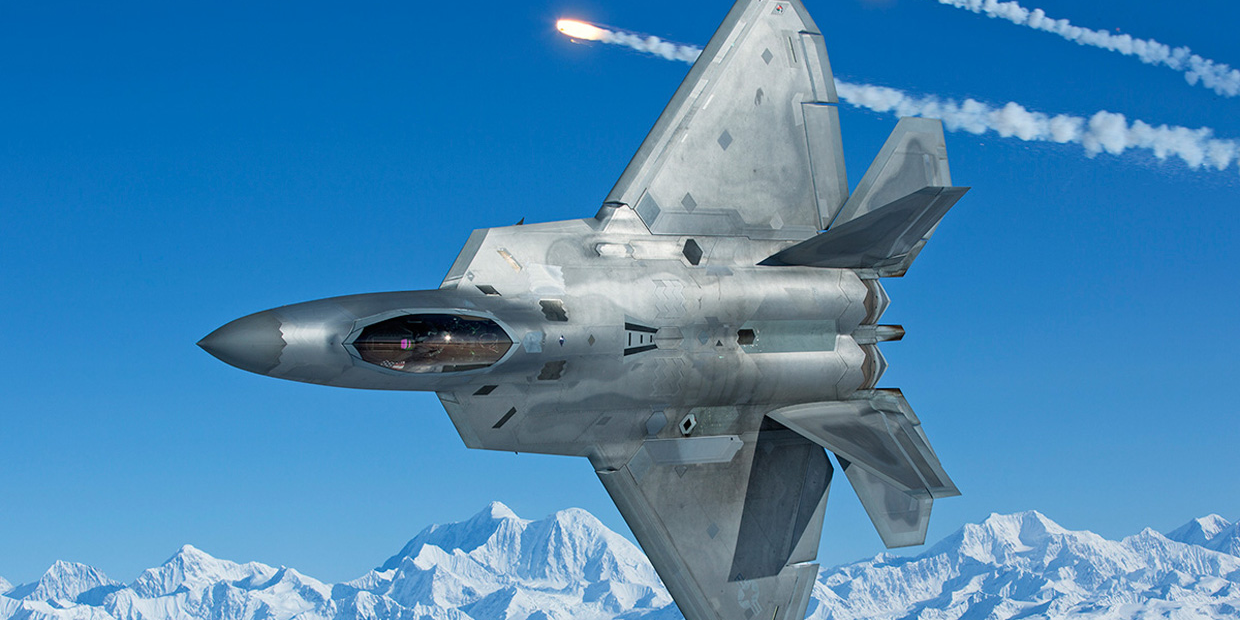- Lockheed Martin proposed a new hybrid between the F-22 Raptor and the F-35 Lightning for Japan to purchase, and it could easily outclass the US Air Force.
- The F-22 is unmatched as a stealth fighter airframe, but the F-35 benefits from newer technology and components.
- Combining the two could create a fantastic airplane unlike anything else in the world, but it would be Japan’s – not the US’s.
- The new fighter could force the US into a tough decision about the future of the F-35.
Lockheed Martin, the leading manufacturer of stealth aircraft in the world, proposed a new hybrid between the F-22 Raptor and the F-35 Lightning on Friday for Japan to purchase, and it could easily outclass the US Air Force.
Japan has, for decades, wanted in on the US Air Force’s F-22, a long-range, high-capacity stealth fighter that perfectly suits its defense needs, except for one problem – the US won’t sell it.
While completing the F-22, the US ruled out its sale to allies as the technology involved in the plane was too advanced for export. But this decision took place 11 years ago in 2007.
Today, the US is in the process of selling Japan the F-35 multi-role strike aircraft, but according to Justin Bronk, an air combat expert at the Royal United Services Institute, the plane’s design makes it less than ideal for Tokyo.
"The F-35 is primarily a strike aircraft, intended to hit well defended targets on the ground, and is limited in air-to-air combat because of its size, its single engine, and way it was designed," Bronk said.
But because Russian and Chinese jets constantly pester Japan's airspace, Tokyo wants a more air-dominance focused jet.
The F-22 can cruise at 60,000 feet going about 1.5 times the speed of sound without igniting the afterburners, meaning it can maintain its stealth while covering incredible distances in short times. The F-35 is a capable fighter, but can't touch those numbers.
"Along with a bigger missile load out, it's a much much more capable for air superiority tasks," Bronk said of the F-22. "The strike role that Japan really really cares about is not really the one that the F-35 is designed for."
He added that Japan would love a jet that can fire anti-ship missiles, but that the F-35 is just too small to hold them inside its stealthy weapons bays.
Beast of both worlds

That's where Lockheed's hybrid proposal enters into the equation.
President Donald Trump has moved to loosen up restrictions on foreign military sales, and could potentially revisit the decade-old ruling on selling the F-22, as the sensitive technology it uses has aged and become less cutting-edge, but that same advancement in technology has likely doomed the F-22's restart.
Bronk said the costs of restarting F-22 production were "not trivial," and even if Japan offered to pay, "a lot of the electronic components, computer chips and things, are not built anymore." The F-22 had a decades-long development that started off with 1980s-era technology.
"If you were going to put the F-22 into production now, it's hard to justify doing without updating the electronics," Bronk said. Once the electronics become updated, and take up less space and throw off the balance of the jet, the flight software would need an update. Once the flight software starts getting updated, "it starts to look like a new fighter program," Bronk said.
This would create a serious headache for the US Air Force

In the end, Lockheed's proposal looks like an F-22 airframe jammed with F-35 era technology, essentially stripping the best part of each jet and combining them in a plane that would outclass either.
"If it can stomach the costs, then not only would Japan have a fantastic fighter on its hands, but perhaps problematically it would be more capable than anything the US Air Force is flying," Bronk explained.
In the end, the US Air Force would end up in a very difficult position - having to live with Japan getting a better fighter, or spending money earmarked for F-35s, which the US sees as the future of its force, on another aircraft it didn't come up with.











